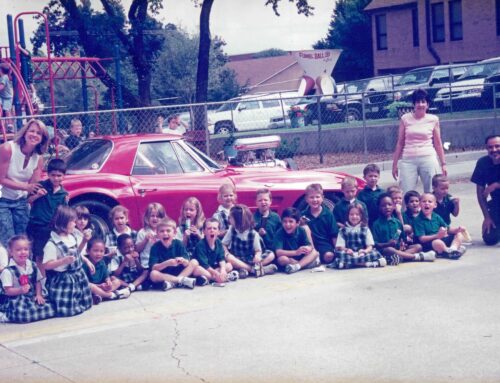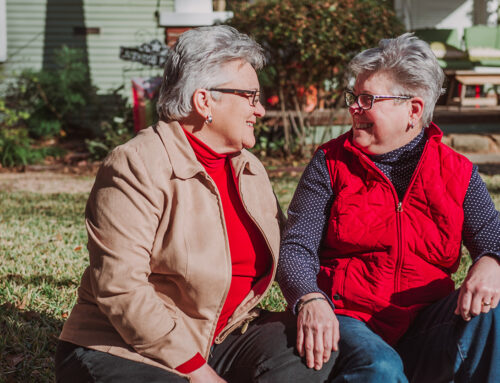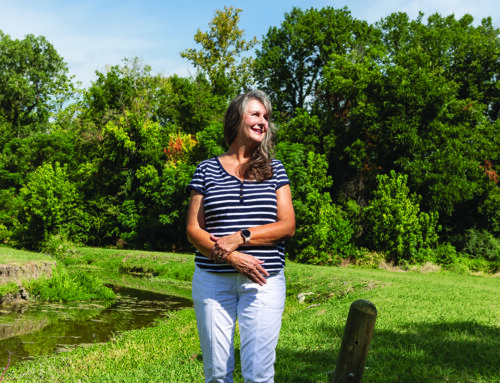You may have seen a couple of small items in the news recently that brought home, to me at least, how important symbolism is in our publiclife. The first was the somewhat controversial “Civil War Weekend” on March 13 and 14 at the City-owned Samuell Farm Park east of town. This is an annual event in which hundreds of Civil War reenactors, Union and Confederate, camp out at the park and recreate a Civil War battle with authentic, period uniforms and weapons. This year a number of African-American Dallasites challenged the City Council to cancel the event on the basis that the presence of several hundred “Confederate” troops, fighting under the rebel battle flag, would be extremely insensitive to this country’s painful and often violent racial history. An injunction was requested, but the Judge disagreed and permitted the event to proceed.
The second item came out of the Deep East Texas town of Jasper, scene of the horrifying hate-crime murder of James Byrd, Jr., where the Jasper School Board voted unanimously to prohibit a high school student from wearing a Confederate flag belt buckle to class, reasoning that flaunting the symbol would needlessly inflame the already-pained feelings of many in the community and possibly disrupt classes.
I think my point is pretty obvious by now about the remarkable baggage carried by certain symbols in our society, even 134 years after the fact. As a fervent believer in freedom of speech and of association, I am really hard pressed to tell someone what they can or can’t wear or do in these circumstances, and as a history buff, I have to say that there is something fascinating about the authenticity with which the many Civil War reenactors recreate the nation’s bloodiest conflict, including even as extras in films such as the much-lauded “Glory.” On the other hand, I can absolutely see the point of those for whom anything associated with the Confederacy is very offensive and frightening.
I was born in Shreveport, Louisiana, much deeper into the Deep South than is Dallas where I grew up. I remember on return visits as a child seeing the numerous uses of the Confederate flag on various knick-knacks, many probably meant only as a jocular expression of affection for our native South. I also remember, however, in the ’60s when the Cofederate battle flag gained currency, and was frequently flown (even over various state capitol buildings), as a symbol of unreconstructed resistance to integration. Even today, many of those who claim the flag as a symbol of their Southern “pride” or “heritage” sound more like they’re really sorry to have to give up on Jim Crow and join the late 20th century.
So I can appreciate the feelings of those who are made uncomfortable by the Confederate flag and much of what it represents. There are aspects of Civil war reenactments that, I believe, are educational, and that commemorate the sacrifices on both sides, including the hundreds of thousands who died, among other reasons, to end slavery. Yet there are also many in the South, even today, who will tell you that slavery wasn’t really so bad and that the war was fought by the Confederacy to preserve a “way of life.”
These enthusiasts of the “Lost Cause” seem to me to completely miss the point on the holocaust-like evils of slavery and the plantation system. Lots of white Southern small farmers and laborers died on behalf of the interests of an economic elite, and ever since, racism has been used by some, South and North, to keep black and white working people from recognizing their common interests.
In light of this country’s, and especially the Deep South’s, history from the 17th century through today, I can certainly understand a heightened level of sensitivity to anything associated with the Confederacy and its aftermath. I think that there is a valid place for the educational and historical value of Civil War reenactments, but each one of us bears the responsibility to also educate ourselves about what conditions were really like in the Antebellum South, the terrible toll of slavery and racism in this country, and what we can do about it today.





